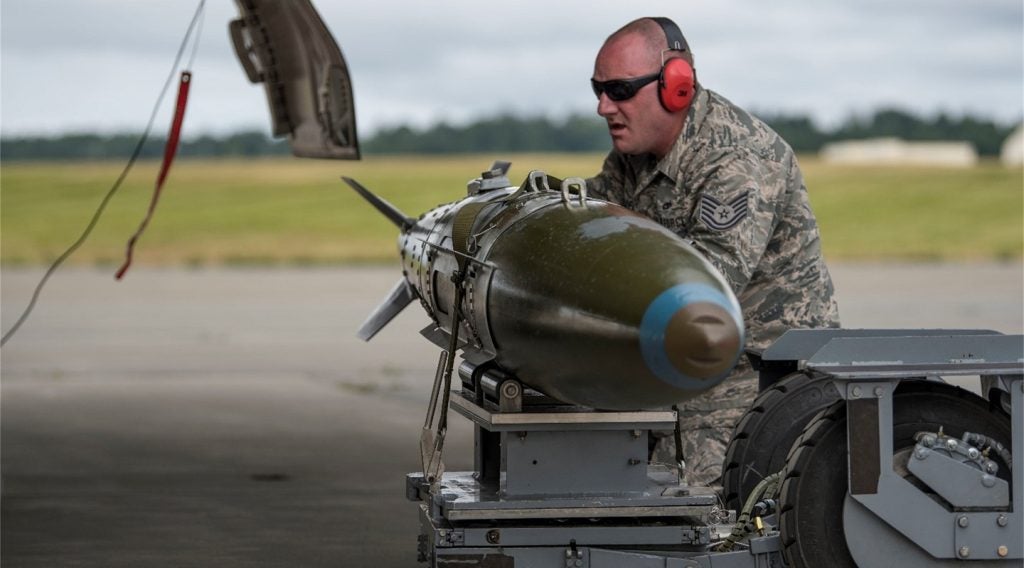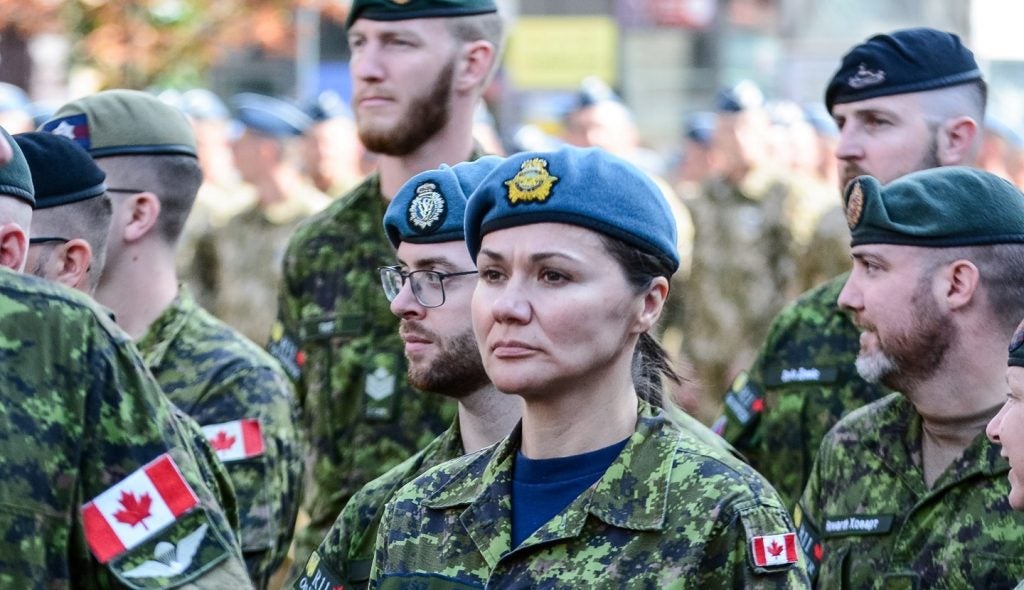Lockheed Martin has demonstrated, for the first time, how a fighter aircraft’s sensor capabilities can be used to provide near real-time intelligence and enhanced situational awareness at the recent US Air Force Empire Challenge exercise.
Traditionally, fighter aircraft operate in the forward-edge of the battlespace with self-protection sensors. Lockheed Martin, however, has demonstrated that the sensors can also provide increased intelligence collection over hostile areas by sending their data off-board for analysis and integration.
During the demonstration, a modified F-16CJ aircraft sent warfare data to the distributed common ground system (DCGS) that in-turn processed and further relayed it to a ground station and intelligence and operational communities.
Lockheed Information Systems & Global Services Defense vice-president Jim Quinn said that in this era of irregular warfare, it’s imperative to get real-time intelligence to warfighters that are in theatre.
“Taking advantage of the fact that fighters get to the tactical edge faster than conventional ISR platforms, we proved that we can enhance intelligence sharing across both the ISR and command and control communities by using the air force DCGS to process and relay sensor data from fighter aircraft,” Quinn said.
The initiative proved the technical ease and operational benefit of leveraging existing sensor systems to improve persistent surveillance of the battlespace.
How well do you really know your competitors?
Access the most comprehensive Company Profiles on the market, powered by GlobalData. Save hours of research. Gain competitive edge.

Thank you!
Your download email will arrive shortly
Not ready to buy yet? Download a free sample
We are confident about the unique quality of our Company Profiles. However, we want you to make the most beneficial decision for your business, so we offer a free sample that you can download by submitting the below form
By GlobalDataEmpire Challenge is an annual exercise hosted by the US Joint Forces Command to demonstrate enhanced ISR and C2 interoperability and capabilities.







